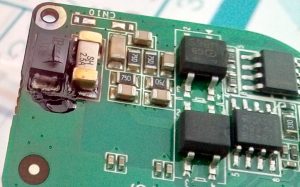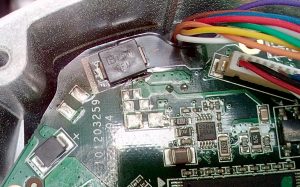 |
If you know a little bit about electronics, you probably already seen TVS diodes. If not, these are Transient Voltage Suppressor diodes, placed in parallel as close as possible to the power supply input of the device, which basically sacrifice themselves by going short circuit when the applied voltage exceeds their rated breakdown voltage. Their response time is fast enough to protect the remaining electronics from damage. That’s the good part of the story. Unfortunately, some electronic board designers don’t seem to care about what happens just after that… |
– Narrator’s voice: The following events take place seven days after that: http://blog.shibby.fr/2017/05/21/hq-power-ps613-unleashes-its-power/
Sometimes, the board designer just forgets to add simple protection to avoid the PCB (Printed Circuit Board) to end up acting like a fuse, due to the potentially high current going through the shorted diode.
You can see two concrete examples below (DS-2CD2315F-IS on the left, DS-2CD2232-I5 on the right):
What actually happened in that case was a little bit more sneaky than a blown trace on the PCB. Vias (plated holes connecting together different layers of the PCB) melted on an inner layer, making permanent connection with the « ground » layer, on both boards. So the power supply was shorted even with the TVS diode off the PCB.
The power supply traces had to be deviated in order to pass away from this permanent short-circuit. I did that by adding a through-hole polyswitch (a resettable fuse), using its leads as the new trace for the power supply:
– DS-2CD2315F-IS with a RXE050 polyswitch
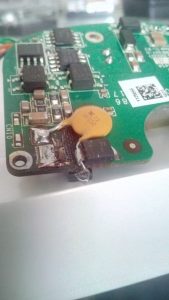
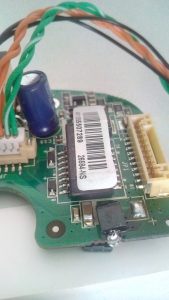
– DS-2CD2232-I5 with a RXE110 polyswitch
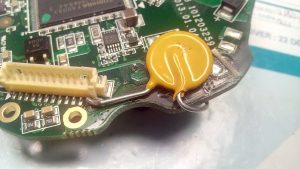
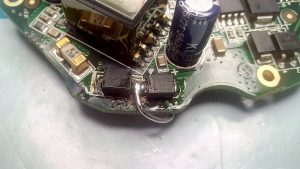
Both blown diodes were replaced with common unidirectional 12V TVS diodes.
03/12/2021: Both cameras are still in use so far, with no defect to report.
